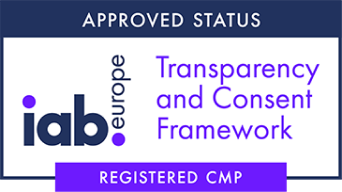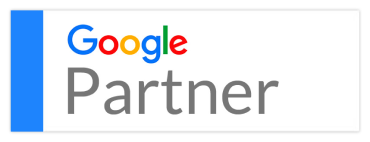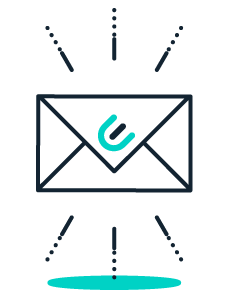Affiliate marketing remuneration methods
In affiliate marketing, the choice of remuneration model is crucial. It determines not only the profitability of your campaign, but also the attractiveness of your program to publishers. Between CPC, CPA, CPL or Revenue Share, each option has its strengths and limitations.
So how do you choose the one that best suits your objectives (sales, leads, visibility) and your sector (e-commerce, SaaS, infoproducts, lead gen)?


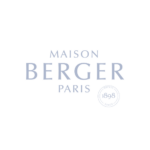


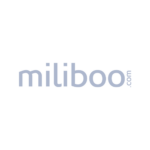
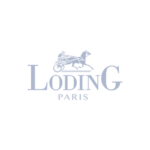

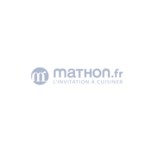
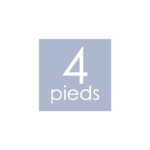


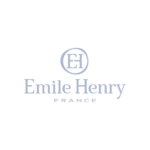
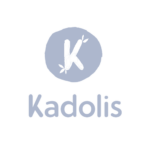
affiliation platform for the Home & Fashion Made in France universe
of sales generated in 2023 for our advertisers
1 invested generates over €14 in sales
What are the main payment methods in affiliate marketing?
Before choosing your compensation model, let’s start by comparing the different models available. Each has its strengths and limitations.
| Model | Principle | Advantages | Disadvantages |
|---|---|---|---|
| CPC (Cost-per-click) | The publisher is paid for each click on the affiliate link/ad. |
|
|
| CPA (Cost per action/sale) | The publisher earns a commission only on a sale generated. |
|
|
| CPL (Cost per Lead) | Payment as soon as a prospect leaves information (form, quote, registration). |
|
|
| Revenue Share (RS) | The publisher receives a % of the revenue generated by its prospects. |
|
|
How do I choose the right remuneration method for my business sector?
E-commerce (fashion, home, retail)
Do you want to pay only for actual sales? Rely on CPA to secure your margins. This model allows you to control your costs and stimulate your affiliates at the same time.
SaaS and subscriptions
Do you want to retain your partners over the long term? Revenue Share is very attractive. Your affiliates benefit from recurring income for as long as the subscriber remains active. This model promotes sustainable growth.
Lead generation
Do you want to enrich your prospect base, even if it means converting later with the help of your sales teams? Then opt for CPL. This model is highly effective in sectors with long buying cycles.
Infoproducts and online training
Depending on your strategy, you may opt for a CPA to pay per sale. You can also opt for a Revenue Share, which is interesting if your customers spend over time via upsells, subscriptions or packs.
Improve the CTAs on your Shopify e-commerce pages
- Use incentive verbs. Use engaging phrases like “Add to cart” or “Order now”.
- Place your CTA in strategic places, such as at the top of the page and at the end of product descriptions.
- Optimize design and color. Opt for sharp contrasts and an attractive format to capture attention.
- Test several variations. Perform A/B tests to identify the best-performing formulations.
💡 Add a sense of urgency to your CTA, such as “ Limited offer ” or ” Low stock “, to encourage immediate purchase.
Calls to action (CTAs) are essential for converting visitors to customers on your Shopify e-commerce site. A well-designed CTA effectively guides the user to the desired action.
To optimize your action buttons :
Is it possible to combine several remuneration models in a single program?
Yes, an affiliate program doesn’t have to be limited to a single remuneration model. It all depends on your objectives and the diversity of your affiliates.
For example, you can set up :
- CPA + CPC: pay per sale while paying per click to certain strategic partners to boost visibility.
- CPL + Revenue Share: rapidly generate a base of qualified prospects while motivating your affiliates over the long term.
- CPA + CPL: useful if you want to both collect leads and convert them directly into sales.
The advantage of a hybrid model? It broadens the scope of possible partnerships. So you can combine visibility and conversion.
What figures do you need to know in order to choose your affiliate remuneration model?
Here are the data gathered over the past two years, to help you better understand the effectiveness and popularity of each model.
- Over 60% of affiliate programs in Europe use CPA as their primary method of remuneration. This is the most widespread model, particularly in e-commerce.
- CPC remains popular in the early stages of brand awareness. The average cost of an affiliate click varies between €0.10 and €0.75, depending on the sector.
- The average conversion rate for e-commerce affiliates is between 1% and 3%. This can rise to 5% in sectors such as fashion and homeware.
- CPL is particularly effective in B2B. A lead generated costs an average of €20 to €50, well below the average cost of conventional acquisition (which often exceeds €100).
- Revenue Share creates more stable relationships. The average duration of an affiliate/advertiser partnership is 12 to 24 months, compared with only 6 to 9 months for CPA.
These figures show that there is no universal model. It all depends on your sector, your margins and your objectives.
What are the prospects for affiliate marketing?
In terms of figures, the European affiliate marketing market reached 5.55 billion USD in 2024. This market continues to show solid growth, estimated at a CAGR of 6.5% to 2031.
This growth testifies to the central role now played by affiliation in brand marketing strategies, particularly in competitive sectors such as e-commerce.
Apart from the boom in e-commerce, the growing use of artificial intelligence and the importance of tracking data are making affiliate campaigns ever more effective and measurable.
The coming years will open up real opportunities for all players: advertisers, publishers and platforms. Budgets devoted to affiliation are set to increase significantly. A diversification of remuneration models is strongly expected, in order to better adapt to the objectives of each campaign.
Choose the remuneration model best suited to your objectives with Casaneo. Thanks to our advanced tracking platform, every click, lead or sale is precisely traced. Our industry expertise also enables us to offer customized, high-performance programs.

